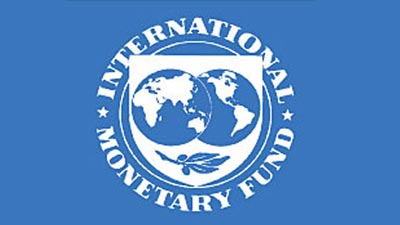The International Monetary Fund has released its Regional Economic Outlook report which is focused solely on the Sub-Saharan countries.
Growth in the Sub-Sahara countries is expected to remain at 3.2% in 2019 and rise to 3.6% in 2020. IMF sees the slow growth leading to a more challenging environment, continued output disruptions especially in the oil-exporting countries and weaker growth in South Africa.
Growth will vary across countries and it is projected to remain strong by about 6% in non-resource intensive countries and this applies to about 24 countries. On the other hand, growth will much slower by about 2.5% to resource-intensive countries which will apply to about 21 countries.
Inflation is expected to reduce going forward as the Sub- Saharan Africa wide debt burden is stabilised. Increased public debt vulnerabilities and low external buffers will continue to limit policy space in several countries.
According to the report, external headwinds have intensified. These include; threat of rising protectionism, a sharp increase in risk premium or reversal in capital inflows owing to the tightening of global financial conditions and a faster than anticipated slowdown in China and in the euro area.
The Sub-Sahara is also facing downside risks including climate shocks, intensification of security challenges and the potential spread of the Ebola outbreak beyond the Democratic Republic of the Congo. The risks would lead to debt pressures.
The report noted three strategies that would be implemented to reduce risks and promote sustained growth. The strategies include carefully calibrating the near term policy mix, building resilience and raising medium term growth.
Related;




